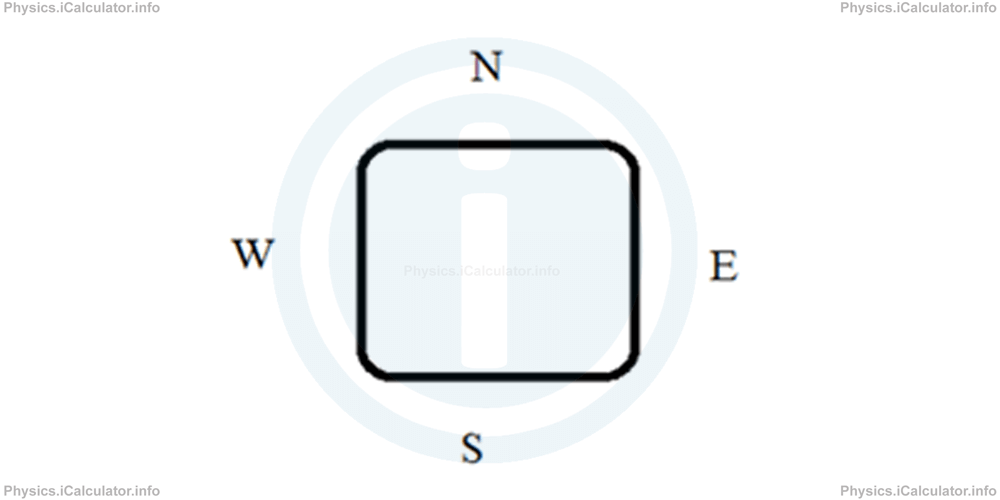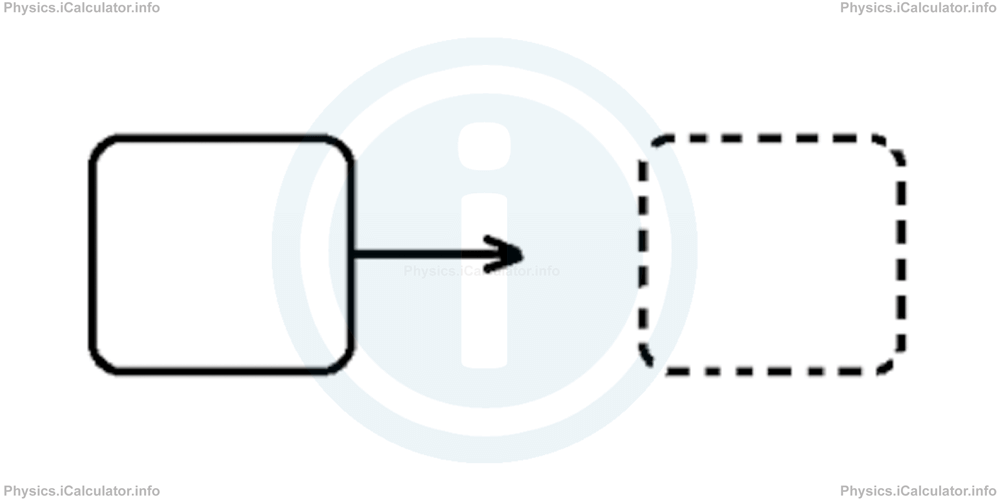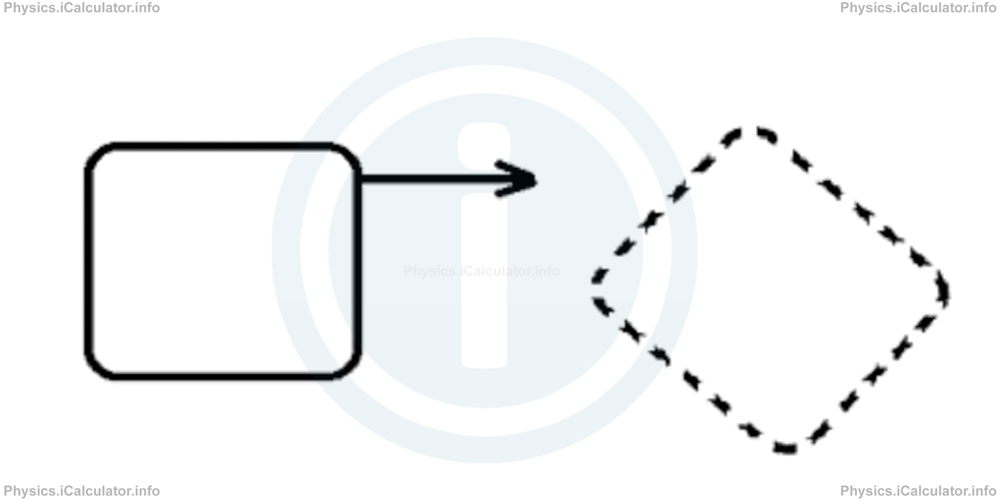Menu
Physics Lesson 2.1.2 - Vectors and scalars in Physics
Please provide a rating, it takes seconds and helps us to keep this resource free for all to use
Welcome to our Physics lesson on Vectors and scalars in Physics, this is the second lesson of our suite of physics lessons covering the topic of Vectors and Scalars, you can find links to the other lessons within this tutorial and access additional physics learning resources below this lesson.
Vectors and scalars in Physics
All quantities in Physics are either vector or scalar. For example, Force is a vector quantity as it involves direction. As discussed in the "Introduction" section, it is not sufficient to know only the magnitude or only the direction when trying to move something by exerting a force. We must know both the magnitude and direction of force to understand what to do exactly. On the other hand, Temperature is a scalar quantity because it doesn't involve any direction. It doesn't make sense if we say "the temperature today is 30°C due North". We simply say, "the temperature today is 30°C".
However, quantities in Physics require more info compared to those in Mathematics. If in Mathematics a vector quantity is fully known when two clues: magnitude and direction are given, in Physics we must also know the unit and the application point besides the two abovementioned clues. Let's explain this point through an example. (We will mention here the unit of force, Newton, whose symbol is [N], to illustrate the example. The meaning of newton as a unit of force will be discussed later, in the Section 4).
Example: You are told to move the object shown in the figure. This is an upper view of the object.

It is not sufficient if you are told "Pull the object due East". In this case, there is insufficient information, as you are not told the magnitude of the force to be used (how many newton of force must be used).
Also, it is not sufficient if you are told "Pull the object by 50 N" as no direction is mentioned.
Finally, it is not sufficient if you are told "Pull the object by 50 N due East" because no application point is provided. The person who told you to pull the object must also tell whether the force must be used at centre or at the edge of the object as the outcome will be different.
Thus, if you pull the object at its centre, it will move like this

But if you pull the object by picking it at the edge, the result will be as shown below:

In the first case, the object will make only translational motion (parallel shift) while in the second case there will be a combination of translational and rotational motion as the object first starts rotating and then it moves linearly.
The differences between vector and scalar quantities in Maths and Physics are summarized in the table below.
| Property | Scalars in Maths | Vectors in Maths | Scalars in Physics | Vectors in Physics |
|---|---|---|---|---|
| Magnitude | ✓ | ✓ | ✓ | ✓ |
| Direction | × | ✓ | × | ✓ |
| Unit | × | × | ✓ | ✓ |
| Application point | × | × | × | ✓ |
More Vectors and Scalars Lessons and Learning Resources
Whats next?
Enjoy the "Vectors and scalars in Physics" physics lesson? People who liked the "Vectors and Scalars lesson found the following resources useful:
- Physics Feedback. Helps other - Leave a rating for this physics (see below)
- Vectors and Scalars Physics tutorial: Vectors and Scalars. Read the Vectors and Scalars physics tutorial and build your physics knowledge of Vectors and Scalars
- Vectors and Scalars Video tutorial: Vectors and Scalars. Watch or listen to the Vectors and Scalars video tutorial, a useful way to help you revise when travelling to and from school/college
- Vectors and Scalars Revision Notes: Vectors and Scalars. Print the notes so you can revise the key points covered in the physics tutorial for Vectors and Scalars
- Vectors and Scalars Practice Questions: Vectors and Scalars. Test and improve your knowledge of Vectors and Scalars with example questins and answers
- Check your calculations for Vectors and Scalars questions with our excellent Vectors and Scalars calculators which contain full equations and calculations clearly displayed line by line. See the Vectors and Scalars Calculators by iCalculator™ below.
- Continuing learning vectors and scalars - read our next physics tutorial: Addition and Subtraction of Vectors
Help others Learning Physics just like you
Please provide a rating, it takes seconds and helps us to keep this resource free for all to use
We hope you found this Physics lesson "Vectors and Scalars" useful. If you did it would be great if you could spare the time to rate this physics lesson (simply click on the number of stars that match your assessment of this physics learning aide) and/or share on social media, this helps us identify popular tutorials and calculators and expand our free learning resources to support our users around the world have free access to expand their knowledge of physics and other disciplines.